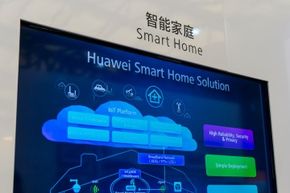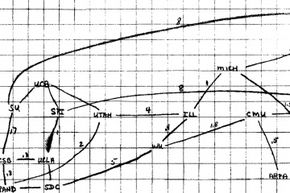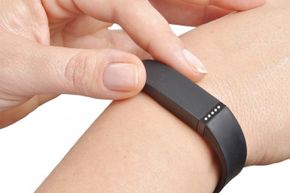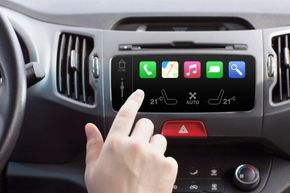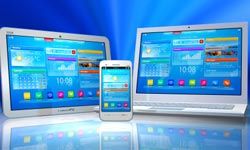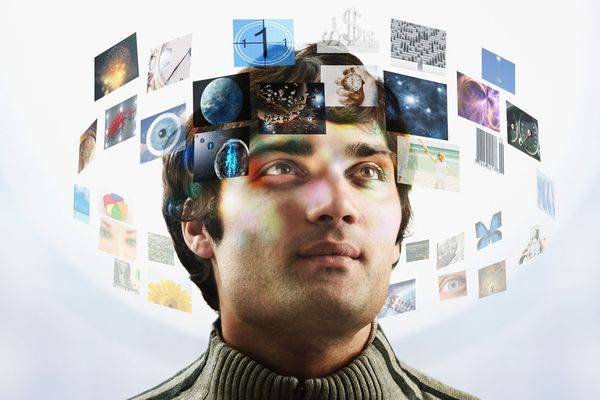Many of us have dreamed of smart homes where our appliances do our bidding automatically. The alarm sounds and the coffee pot starts brewing the moment you want to start your day. Lights come on as you walk through the house. Some unseen computing device responds to your voice commands to read your schedule and messages to you while you get ready, then turns on the TV news. Your car drives you to work via the least congested route, freeing you up to get caught up on your reading or prep for your morning meeting while in transit.
We've read and seen such things in science fiction for decades, but they're now either already possible or on the brink of coming into being. And all this new tech is forming the basis of what people are calling the Internet of Things.
Advertisement
The Internet of Things (IoT), also sometimes referred to as the Internet of Everything (IoE), consists of all the web-enabled devices that collect, send and act on data they acquire from their surrounding environments using embedded sensors, processors and communication hardware. These devices, often called "connected" or "smart" devices, can sometimes talk to other related devices, a process called machine-to-machine (M2M) communication, and act on the information they get from one another. Humans can interact with the gadgets to set them up, give them instructions or access the data, but the devices do most of the work on their own without human intervention. Their existence has been made possible by all the tiny mobile components that are available these days, as well as the always-online nature of our home and business networks.
Connected devices also generate massive amounts of Internet traffic, including loads of data that can be used to make the devices useful, but can also be mined for other purposes. All this new data, and the Internet-accessible nature of the devices, raises both privacy and security concerns.
But this technology allows for a level of real-time information that we've never had before. We can monitor our homes and families remotely to keep them safe. Businesses can improve processes to increase productivity and reduce material waste and unforeseen downtime. Sensors in city infrastructure can help reduce road congestion and warn us when infrastructure is in danger of crumbling. Gadgets out in the open can monitor for changing environmental conditions and warn us of impending disasters.
These devices are popping up everywhere, and these abilities can be used to enhance nearly any physical object.
Advertisement
